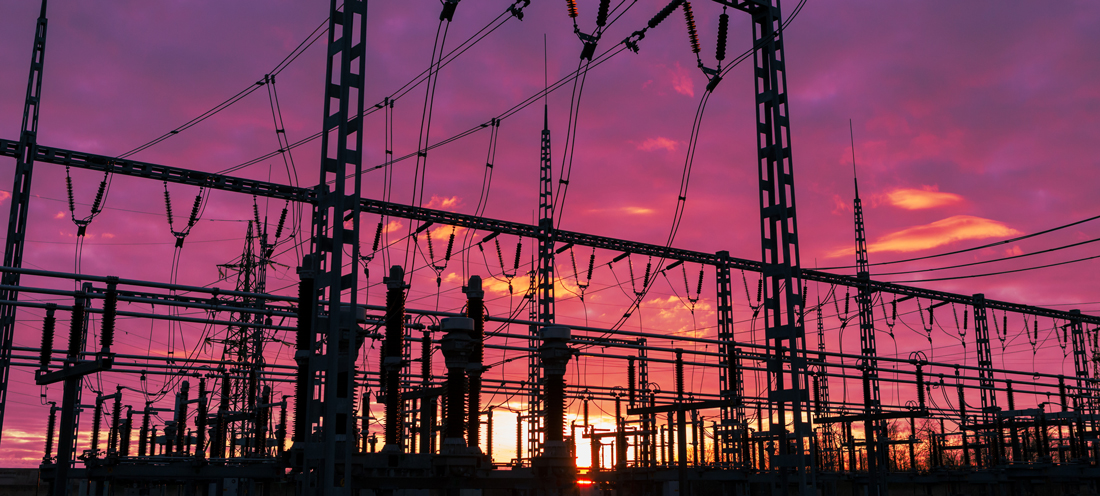If increased renewables pose risks of a less controllable, less predictable and more variable market, one remedy is to ensure renewables are dispatchable.
Once upon a time, we had an electricity system that was dominated by large users and large producers, and everyone else just tagged along. It needed very few points of control. Demand was easy to predict, as was the availability and cost of generation.
This is increasingly not the case.
The predictability and consistency on which the market and the network relied are being eroded by changes in how we produce and consume electricity. The efficiency benefits of the market are being undermined and it seems unable to find a ‘new normal’ that works. At the same time, the technical robustness of the electricity supply is being undermined through the reducing share of dispatch of synchronous generation.
These effects are only beginning to emerge in the wider National Electricity Market (NEM). We are suffering from increasing uncontrollability, unpredictability and variability.
Uncontrollability
As wind and solar PV replace synchronous generation in the NEM, system inertia and fault levels will steadily decline, along with the availability of frequency-control ancillary services (FCAS, or ‘spinning reserve’). More self-dispatched generation also limits the market operator’s ability to efficiently manage transmission constraints.
Unpredictability
We can use statistical models to predict demand pretty accurately unless we factor in customer storage. Installation of uncontrolled storage adds a degree of uncertainty to the demand. The current methodology of pre-dispatch followed by real-time dispatch may not be capable of dealing effectively and efficiently with this uncertainty. Furthermore, the factors determining take-up of new technologies are difficult to predict. This uncertainty makes it more difficult for network planners to forecast and hence maintain capacity in the network.
Variability
Increasingly, generation dispatch patterns (and load patterns in some regions) depend on non-market variables like sun and wind (and rain). This variability can lead to a wide range of valid system dispatches, which in turn may require a wide variety of network supports, such as reactive power support from static VAR compensators and the like. Interconnector capacity requirements vary depending on dispersion or concentration of generation relative to demand.
What can dispatchable renewables bring to the table?
A grid supported by dispatchable renewables should be more efficient and more flexible than one without. Making renewable energy available when customers need it will reduce costs on the customer side since it will require less disruption to current practices. It will also allow generation patterns to vary less and so network management will become easier. This means that so-called gold-plating effects – where unlikely but plausible operating scenarios must be covered by grid design – would be reduced because the range of likely network operating scenarios would be less broad.
The likely technology mix of battery, thermal and pumped hydro storage will provide a balance in grid supports. While battery inverters currently provide little system strength support, the solar thermal and pumped hydro plants will. Pumped hydro energy storage has the added benefit of providing system strength during both pump and generation cycles. Batteries, on the other hand, other than inertia, provide superior frequency control and regulation to the network and are the most efficient source of these supports (except possibly customers themselves under some circumstances).
Dispatchable renewables combine and synergise technologies to achieve the decarbonisation of the grid without undermining the fundamentals of grid reliability. Making solar and wind energy dispatchable adds controllability, reduces unpredictability and decreases variability.
One-size-fits-all approach?
Different power systems may demand a different set of solutions, but the fundamentals remain the same. A functioning AC power system needs inertia, fault level, frequency and voltage control as well as energy sources to function to an acceptable standard. Each power system will have its own sweet spot for providing these requirements. Inverter-based generators (solar, wind and batteries) can provide fast frequency controls, for instance, and so may reduce reliance on synchronous machines for that requirement.
A bigger question is: will the market takes us there or will it lead us down a blind alley of misguided self-interest? We are already seeing some murmurings of market reform that may ultimately lead us to the right long-term solution, but I’m not sure that we can always rely on market-led transitions, especially where the transition has not been envisaged as part of market design. This may be a misplaced leap of faith.
It’s clear that no single solution is going to sort this out in most cases. It’s also clear that some level of collaboration will be required to make the transition work smoothly. The planner must also consider technological change and customer expectations; else we run the risk of over-capitalising on solutions only for them to become redundant and ‘stranded’. Consideration of dispatchable renewables in the planning process should provide a path to lower the risks of investment in additional renewable energy while also providing grid support and efficiencies.
Ultimately, we know the challenges are not insurmountable but we also know that the solution is likely to be arrived at through care and deliberation rather than market meanderings.


